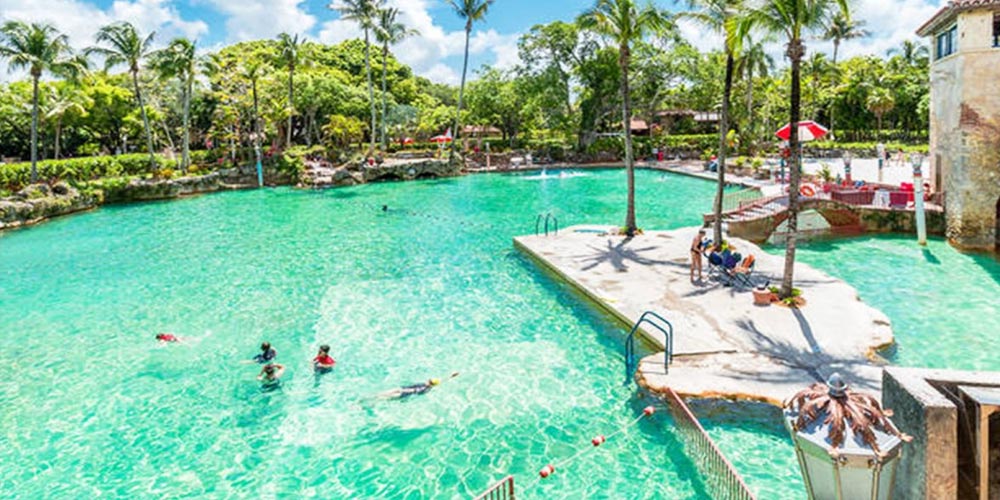Testing Cyanuric Acid (CYA) levels in pool water is crucial because CYA acts as a conditioner to free chlorine (FC), influencing the effectiveness() of chlorine in disinfecting the pool and the retention time of chlorine in the pool. Therefore, accurately determining CYA levels is essential for maintaining proper water chemistry.
To ensure accurate CYA determinations, it’s important to follow a standardized procedure like the Taylor Turbidity Test. However, it’s vital to consider that water temperature can significantly impact the accuracy of the CYA test. Ideally, the water sample should be at least 21°C or 70 degrees Fahrenheit. If the pool water is cooler, warming the sample indoors or with hot tap water is recommended. Here’s a step-by-step guide to testing CYA levels:
1. Using either a CYA-specific bottle provided in the testing kit or a clean cup, gather a water sample from the deep end of the pool, avoiding areas near skimmers or return jets. Insert the cup straight into the water, approximately elbow-deep, ensuring an air gap, and then turn the cup over to fill it.
2. The CYA bottle typically features two fill lines. Fill the water sample to the first (lower) line marked on the bottle, which is usually around 7 mL or 14 mL depending on the test kit.
3. Add cyanuric acid reagent that binds to CYA in the sample, causing it to turn slightly cloudy. (?)
4. Securely cap the mixing bottle and shake vigorously for 30 to 60 seconds to ensure thorough mixing of the sample and reagent.
5. Most testing kits, come with a comparator tube used to measure CYA levels. Hold the tube outdoors with your back to the light and slowly pour the sample into the tube until the black dot disappears. Compare the color of the sample with the color chart provided in the testing kit to determine the CYA level.
6. Once the black dot disappears, read the number on the side of the tube and record it as parts per million (ppm). If the tube is not completely full, record the number as ppm. If the tube is completely full and the dot is still visible, CYA is 0 ppm. If the tube is completely full and the dot is only partially visible, CYA is above 0 but below the lowest measurement allowed by the test, typically 30 ppm.
This method’s disadvantage lies in the higher level of experience and technical requirements for the testers. You can also use our cyanuric acid test strips to detect the concentration of cyanuric acid. Its greatest advantage is its simplicity and speed of operation. The accuracy may be slightly lower than the Turbidity Test, but generally, it is sufficient.
Post time: Jun-14-2024

